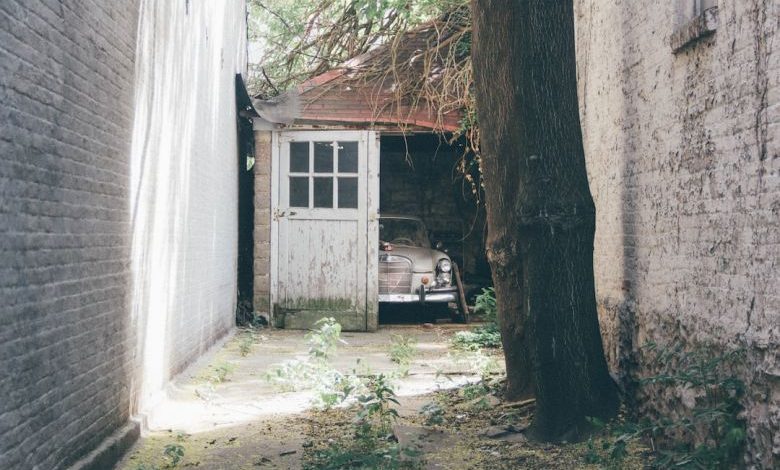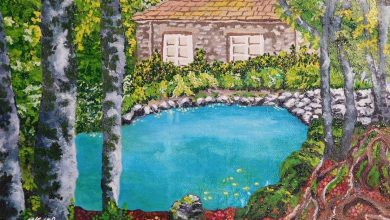What Are the Best Trees to Plant in My Back Yard?

Planting trees in your back yard not only adds beauty and shade to your property, but also provides numerous environmental benefits. Trees help improve air quality, reduce noise pollution, and provide habitat for wildlife. However, choosing the right trees for your back yard can be a daunting task. With so many different options available, it’s important to consider factors such as climate, soil conditions, and space limitations. In this article, we will explore some of the best trees to plant in your back yard, taking into account these important considerations.
Deciduous Trees
Deciduous trees are a popular choice for many back yards due to their stunning foliage and shade-providing capabilities. Some of the best deciduous trees to consider planting include:
1. Maple Trees: Maple trees are known for their vibrant fall foliage and can thrive in a variety of climates. They are relatively low-maintenance and provide ample shade during the summer months.
2. Oak Trees: Oak trees are majestic and long-lived. They are well-suited to large back yards and can provide a significant amount of shade. Oaks also attract a variety of wildlife, making them an excellent choice for nature lovers.
3. Dogwood Trees: Dogwoods are small to medium-sized trees that are famous for their beautiful spring blooms. They are versatile and can grow in various soil conditions. Dogwoods prefer partial shade, so they are ideal for back yards with some sunlight exposure.
Evergreen Trees
If you’re looking for trees that will provide year-round greenery and privacy, evergreen trees are an excellent choice. Here are a few evergreen trees to consider planting in your back yard:
1. Cedar Trees: Cedar trees are highly adaptable and can tolerate a range of soil conditions. They are known for their distinctive aroma and attractive foliage. Cedar trees also provide excellent privacy when planted closely together.
2. Spruce Trees: Spruce trees are known for their conical shape and needle-like foliage. They are hardy and can withstand harsh weather conditions, making them ideal for colder climates. Spruces also make great windbreaks and can provide a natural barrier against noise pollution.
Fruit Trees
If you’re interested in growing your own fruit, planting fruit trees in your back yard is a great idea. Here are a few fruit trees that are well-suited to back yard planting:
1. Apple Trees: Apple trees are a classic choice for home orchards. They come in a variety of sizes and can be pruned to fit different space limitations. Apple trees require full sun and well-drained soil to thrive.
2. Cherry Trees: Cherry trees are not only beautiful, but they also produce delicious fruit. There are several different types of cherry trees to choose from, including sweet cherries and sour cherries. They prefer full sun and slightly acidic soil.
Native Trees
Planting native trees in your back yard is an excellent way to support local ecosystems and provide habitat for native wildlife. Native trees are well-adapted to local conditions, making them more likely to thrive. Here are a few native trees to consider:
1. Redbud Trees: Redbuds are small to medium-sized trees that produce stunning pink or purple flowers in the spring. They are well-suited to a variety of soil conditions and can tolerate both sun and shade.
2. Magnolia Trees: Magnolias are known for their large, showy flowers and glossy green leaves. They are relatively low-maintenance and can add a touch of elegance to any back yard. Magnolias prefer well-drained soil and partial shade.
In conclusion, when choosing the best trees to plant in your back yard, it’s important to consider factors such as climate, soil conditions, and space limitations. Whether you opt for deciduous trees, evergreens, fruit trees, or native trees, each choice will bring its own unique benefits and beauty to your back yard. By carefully selecting the right trees, you can create a green oasis that will enhance your property and provide environmental benefits for years to come. So, get out there and start planting!




